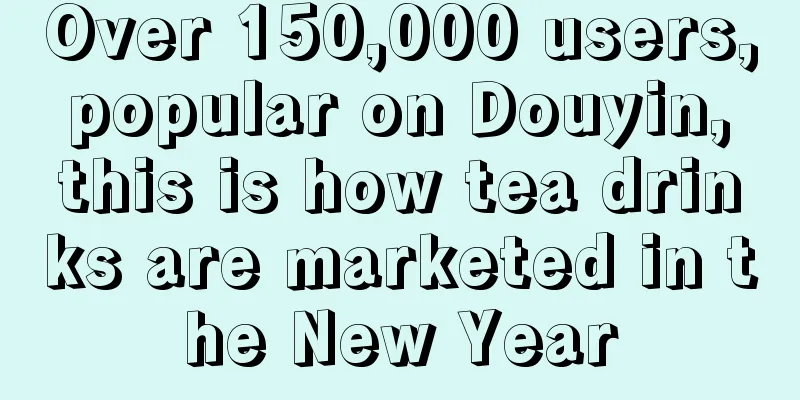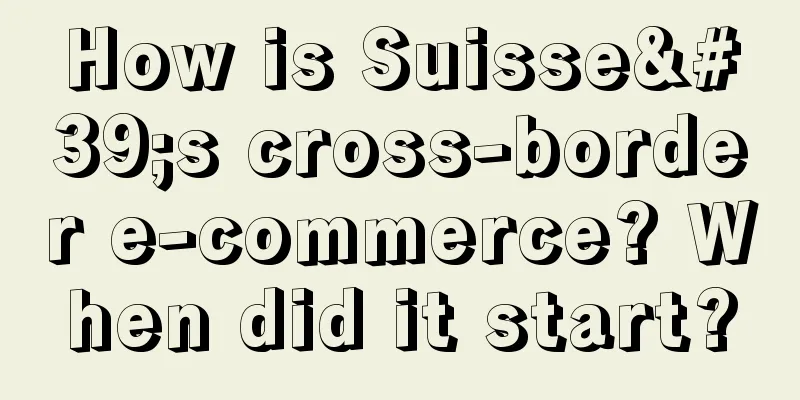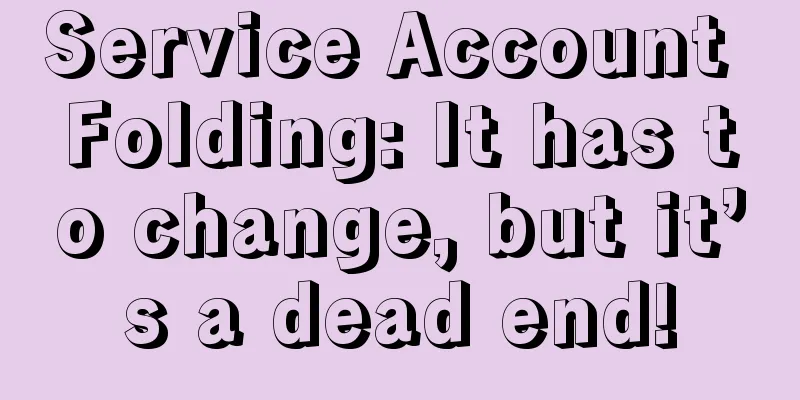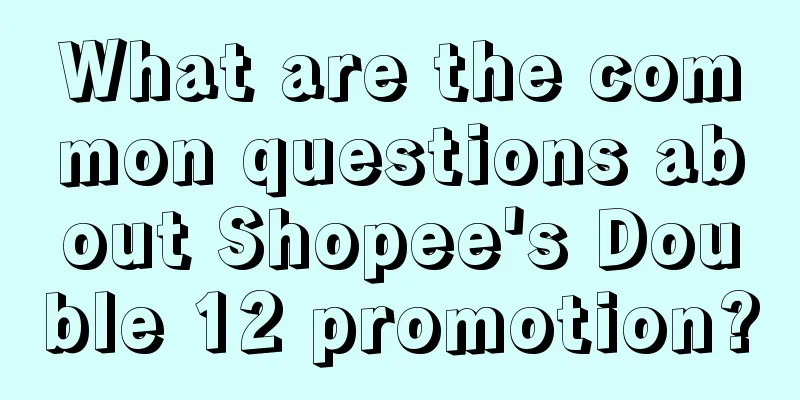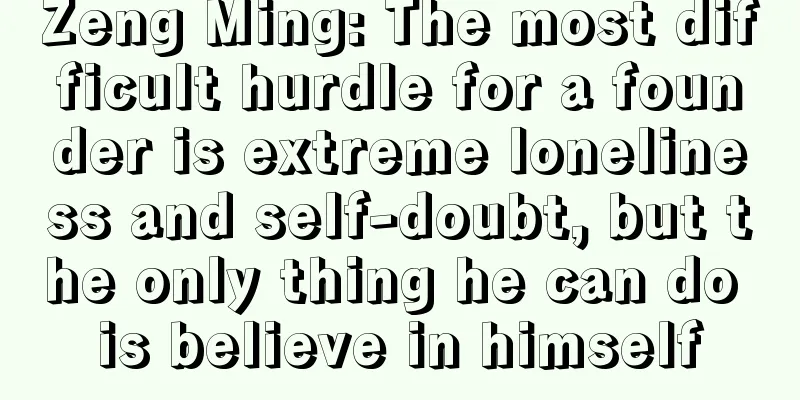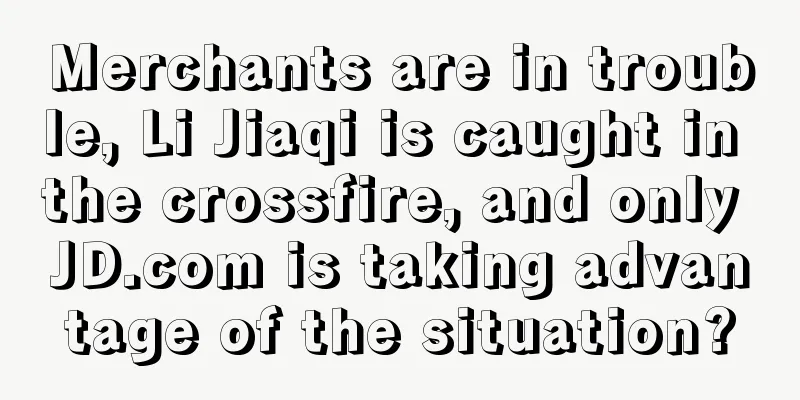2022 Annual Review (Part 2): The underlying logic of good content, good operations, and good results
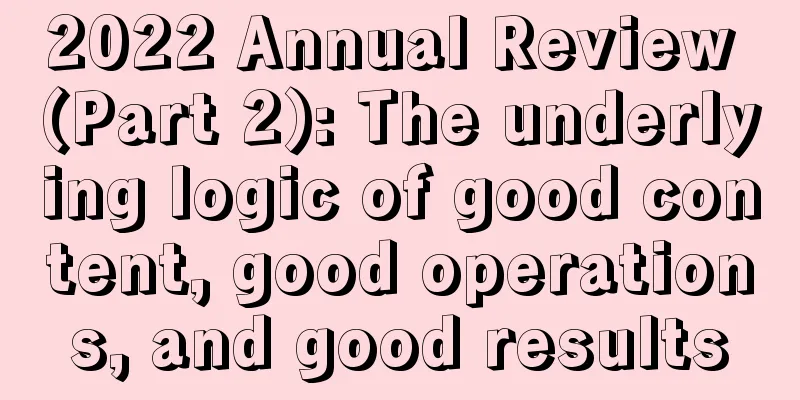
In the previous issue, we used the CEO performance dashboard (see the figure below) to interpret the product battlefield. In this issue, we will focus on interpreting the three key success factors in the content battlefield. 01 How to create good content?First of all, I have to answer a question. Some people think that it is enough for me to have a good product. Why do I need to create good content? The answer is simple:
What is good content? Information that drives action and simplifies customer decision making. Then let’s also be simple and crude and see what kind of performance empowerment good content can bring in sales scenarios, marketing scenarios, and mental scenarios? 1. Good content for sales scenariosHere are three sentences:
Let’s take an example. For example, Ramen Says, which quickly gained popularity in the early days, had 1+3+1 sales empowerment. First of all, 1 refers to high-end instant noodles (category), Japanese dine-in ramen that can be eaten at home (value anchor). Secondly, 3. Good noodles (fresh semi-dry noodles, short shelf life) + good meat (large visible chunks, aerospace preservation technology) + good soup (32 kinds of ingredients boiled in 24 pots). The last 1 is the visual symbol (box). I won't explain it any further, the above three sentences are all used. So Ramen says starting from 0-1 is particularly efficient. 2. Good content for marketing scenariosThe two methods we commonly use both result in 50% waste. The first is brand advertising, which is used to break through the channel traffic limit, but the link is long and 50% of the advertising fee is wasted; The second is precise traffic investment, which is used to quickly increase the volume, but customer loyalty may not be high. The marketing costs of some Internet celebrity brands account for more than 50% of GMV, which is unsustainable. Good content must overcome the shortcomings of the above two methods. This is mainly reflected in:
Regarding 1, for example, Pechoin released a piece of content with a long scroll image telling a story. The traffic increased dramatically. Regarding 2, it is much more difficult. For example, the content produced by Li Ziqi has no connection with the snail rice noodle that the company later sold, but it does not affect the traffic entrance at all; Dianping is the largest online catering content traffic entrance, which helped Meituan Waimai consolidate its status in the industry; and Michelin three-star restaurants helped Michelin establish a wide range of communication points and reputation. Regarding 3, it is to transform the static CRM into a social S-CRM. This is quite complicated, so I won’t go into details. 3. Good content for mental scenariosMany traditional companies like to use grand narratives of brand stories, values, and emotions to capture the minds of customers. However, modern consumers have fragmented, emotional, and induced attention, so this approach is not as influential as before. We focus on three key points here:
Let's take another example, Bosideng (brand name) + windbreaker down jacket (category name), just eight words. The brand is equal to the keyword matrix, and the category is the large-scale customer decision point. After large-scale publicity, it mobilized the existing cognition of customers, that is, windbreaker down jacket = both figure-flattering + warm. When quite a number of customers think of the shortcomings of traditional down jackets, they will follow this cognitive signpost and think of the Bosideng brand, and then the performance dynamic line will be opened. 4. SummaryWhat is the use of good content?
02 How to build good operations?What is good operation? That is, performance comes from the three dimensions of products, content, and customers, as well as integrated strategies and actions across land, sea, and air. We simply and roughly divide operations into three aspects: underlying logic, top-level strategy, and operational means. 1. Underlying LogicThe underlying logic is three sentences:
In the past, consumption was one-dimensional and all that was needed was to sell the product well in the channel. Now it is a two-dimensional consumption. Before product consumption, there is also content consumption. Basically there is an experience value:
Drucker once said: Marketing is to make sales redundant. Therefore, we need to simultaneously lay out the content battlefield in addition to the product battlefield. 2. Top-level strategyIn traditional marketing, voice and traffic are separate. The biggest problem here is that the lost customers cannot be recalled. Not having a second chance to finish off the opponent may be the biggest waste of traditional advertising. Modern marketing is an integrated operation of product quality, effectiveness and sales. What is integrated product, effect and sales operation? Quality is volume. Effectiveness is traffic. Sales refers to sales volume. Products, focus on customer perception management. Effectiveness, focus on customer behavior management. Sales, focus on customer decision management. Customer perception management means making customers look at you with a higher regard. Customer behavior management means significantly reducing the churn rate. Customer decision management is to trigger motivation and guide decision making. 3. Operational means
Correspondingly, the key points of content operation are:
4. SummaryWhat is good operation? Brand is repeat purchase, and operation is retail. Product battlefield + content battlefield, that is, achieving two-dimensional competition. Through good content, empowering brand, effect, and sales, achieving product, effect, and sales integration, and raising the company's performance level to a new level. 03 How to create good effects?What is a good effect? This is a huge problem. In the product battlefield, sales volume may be the only quantitative indicator. In the content battlefield, there are no quantitative indicators for effectiveness. So, we were thinking, are there any qualitative indicators? Yes, there are three. 1. Content can expand the traffic poolWhy do we advertise? Because the channel traffic has reached its limit, and we can only find traffic outside of advertising channels. Why do we create content? Because the traffic in shopping scenarios has reached its limit, and we can only find traffic through non-shopping scenarios. Moreover, shopping scenes only account for less than 1% of a person’s work, life, etc. This is too low. 2. Content can enjoy asset compoundingFor example, once the advertising is terminated and the advertising resources are cancelled, the effect of the advertisement often disappears. But content is different. There is no such thing as content resource position. Good content may still be searched for 10 years later, which is the asset effect. Some content will bring user growth every year, which is the asset compounding effect. 3. Content broadens sales dimensionsTraditionally, our sales flow is people looking for goods. When customers have needs, or when they are browsing in shopping malls or e-commerce platforms, we intercept them. Now that we have content, we can design a new retail sales route where goods find people. Suddenly, it becomes a real global traffic competition. These are the three qualitative values of good content in the content battlefield. Next step, the question arises again, how do we implement it? The answer is three pools: content pool, traffic pool, and customer pool. There are three indicators for the content pool: search power, richness, and exposure. Search power means that when customers search for keywords, they cannot find you. Then your search power is very poor. Richness means that if you can search, there will be two small dimensions: quality and quantity. If the information is all company news that is only for your own benefit, or if the amount of information of your competitors is many times greater than yours, then the richness is relatively poor. Exposure means that customers actively share and spread your content. There are many ways to divide traffic pools. We simply divide them into 4 types: There are four major types of traffic: before transaction, during transaction, after transaction, and no transaction.
There are many ways to divide the customer pool. We simply divide it into 4 categories:
Finally, let’s summarize. Good results, in the content battlefield.
04 ConclusionA CEO with a big picture will focus on the product battlefield, content battlefield and value battlefield. Among them, in the content battlefield, he will focus on the three key success factors of good content, good operation and good effect. The core of good content is to penetrate into the minds of the public in a layered and step-by-step manner, and play a role in empowering performance in sales scenarios, marketing scenarios, and mental scenarios. The core of good operation is to achieve traffic conversion through product operation, achieve sales pre-positioning through content operation, and achieve value anchoring through customer operation. All three operations are inseparable from good content. The core of good results is to build content pools, traffic pools, and customer pools, turning content into long-term assets, expanding from people looking for goods to goods looking for people, and establishing a continuous and stable performance trajectory. Author: Cao Sheng, founder of Grayscale Cognitive Society, WeChat public account: Grayscale Cognitive Society (ID: HDrenzhishe). |
<<: “Old Hongshu” is losing blood. Can the content business for the elderly still be successful?
>>: Young people waiting for the holidays began to frantically "stock up on tickets"
Recommend
What are the Amazon advertising combination strategies? Share the three major advertising combination strategies
There are many merchants who have opened stores on...
This is too exciting. This 618 event review report is really great.
How to write an activity review? There are three k...
In 7 days, Bilibili gained 200,000 followers. Why is the “cat meme” so popular on the Internet?
Cat memes are taking over the internet. How did ca...
The first batch of "adult dining tables" that swept the entire Internet have closed down
In our daily lives, we are always discouraged by t...
What is the process for new sellers to join Amazon? Super detailed entry process
As a new seller, you may be confused about how to ...
How does eBay sort by sales volume? What are the influencing factors?
When buying goods on eBay, many buyers search for ...
Xiaohongshu's Double 11 strategy (copied homework)
The annual Double 11 is coming! Have you prepared ...
Meituan Live is expanding aggressively, upgrading its strategy to meet the challenge of Douyin's lifestyle services
Meituan has recently promoted more merchants to pa...
Which channel can I use to consult about Shopee logistics issues? What logistics does Shopee have?
Shopee is one of the famous e-commerce platforms i...
Brand No. 1: Dislocation + Open Space = Flanking Battle
In the previous article, we shared the offense, de...
Are all the New Year ads so crazy? Mengniu is so advanced!
New Year advertising is frequently on the rise, an...
How to register and open a store on Amazon? What should I pay attention to on Amazon?
Now there are many merchants who want to start a b...
How to contact Amazon online customer service? What are the methods?
Amazon merchants need to deal with customer servic...
Can I open a personal store? What are the requirements?
The rise of cross-border e-commerce has given many...
Is it too difficult to be an account manager for an international site? Is it easy to be an international site manager?
In fact, the rise of the e-commerce industry has s...
